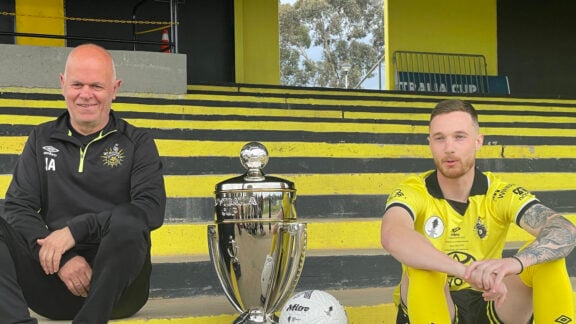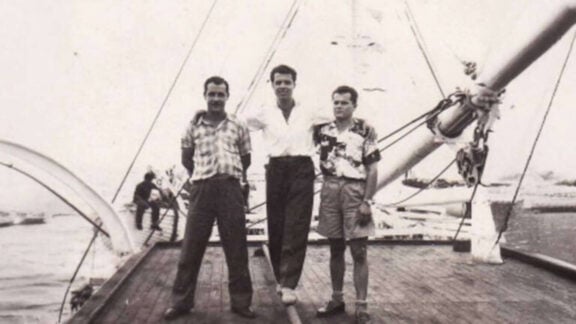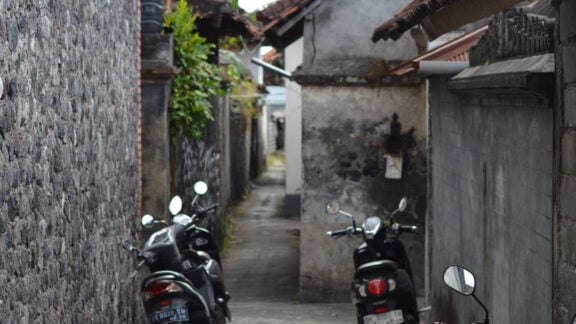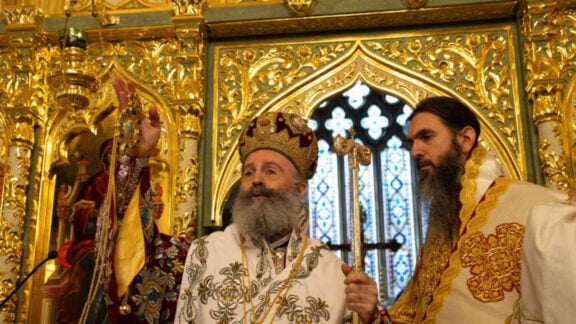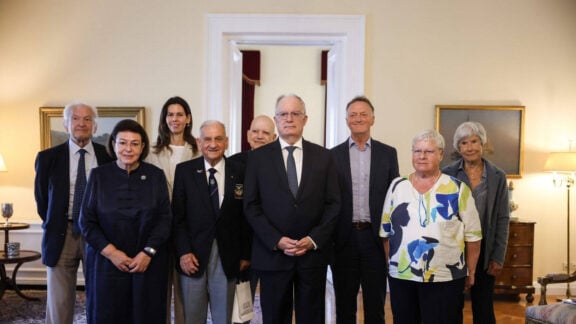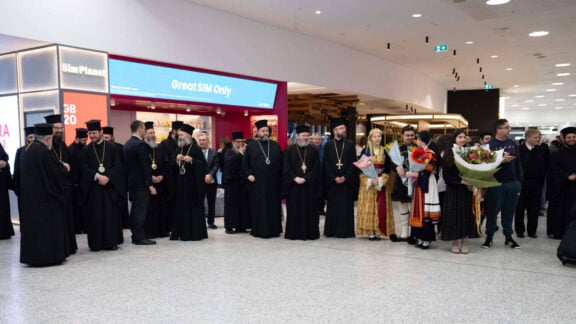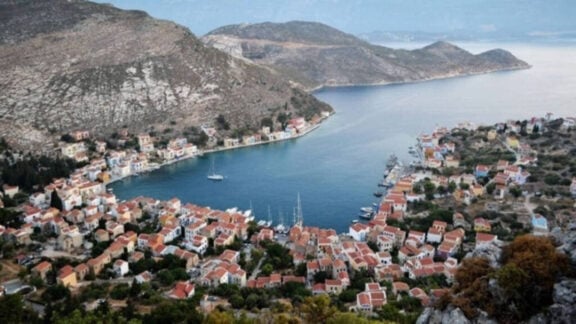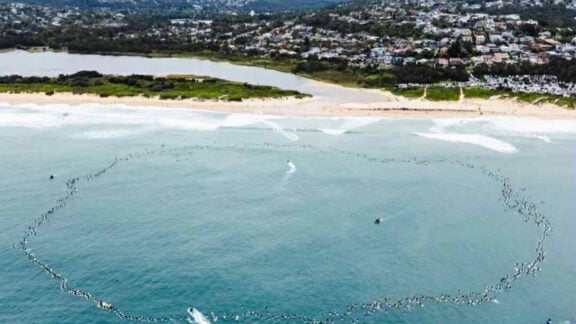The findings from a five-year research project on the cultural material produced from the islands of the Mediterranean were shared in a lecture in Sydney by visiting Greek archaeologist, Dr Anastasia Christophilopoulou.
The Senior Curator Ancient Mediterranean from the University of Cambridge’s Fitzwilliam Museum gave a talk at the University of Sydney’s Chau Chak Wing Museum on Thursday evening, based on an extensive project undertaken called “Being an Islander: Art and Identity of the Large Mediterranean Islands”.
The lecture, titled ‘Islands and communities: stories of insularity and maritime heritage from the Mediterranean to the great Ocean’, explained the project and its goals to clarify what defines island identities in the Mediterranean, using the case studies of Crete, Cyprus and Sardinia.
Dr Christophilopoulou revealed that this line of inquiry began roughly six years ago, initially with a much smaller cluster of researchers than what it eventually involved, in an effort to find out more information about the collections of artefacts they had at Cambridge.
“In many university museums, including the one here in Sydney, the objects come from very old excavations,” the classical archaeologist told Neos Kosmos.
“That means that the way they were excavated and the kind of information you have about them is very limited. Sometimes you will not even know which place they came from, what we call in archaeology its ‘findspot’.”
Dr Christophilopoulou elaborated that as the project developed and they started matching a lot of this material culture with places around the Mediterranean, they themselves starting questioning about the value and relevance of it today.
“We really wanted to understand why this is important to today’s challenges and inquiries,” she said.
They conceived of themes to explain these objects e.g. how they were made, what they meant to people, what kind of ritual and symbolic qualities they have, what kind of ideas they can tell us about their ideologies etc.
“This is how we ended up with a project that encompasses 4000 years of history because we asked these questions in the ancient material but then we also asked how/why they are relevant today,” she said.

“It proved to be very fruitful because we ended up with lots of groups and communities, including all the Greek and Cypriot diasporic communities, coming forward and telling us that they wanted to be involved with this project. This was also what we wanted, for them to be active participants in our work.”
She revealed in her talk that the five-year research project (2019-2023) resulted in a major exhibition at the Fitzwilliam Museum as well as a documentary titled “Being an Islander” by Dr Christophilopoulou and Dimitrios Bouras.
This award-winning film was produced in 2021 to disseminate the core ideas of the project, with filming undertaken in Cambridge, Athens and the island of Sifnos (which served as a research model) between July-November 2021.
It launched in Greece, October 28th 2022 in a special event on the island of Sifnos, honouring the participation of the members of the community who enabled it.
Dr Christophilopoulou also mentioned that the exhibition features a Virtual Reality environment, recreate the distinctive site of the Neolithic settlement of Choirokoitia, combining with the documentary to evolve the methods of presenting museum collections.
“We thought that all these questions and inquiries were part of our ongoing process to challenge what museums should look and do for today,” she said.
“The method of displaying artefacts with a label or panel is a very old way of narration that we still use to this day and, though it is effective, there are so many different ways to engage people, particularly young people with a museum collection.”
She explained that the pandemic shed light on ways to move forward and adapt.
“Museums were shut but did that mean their role had ended? The reality was no but they did have to reinvent themselves.
One can recreate a virtual display and a virtual museum. You can tell the same type of stories as with your proper exhibition but including innovative methodologies.

A benefit of this change, Dr Christophilopoulou stated, is making the experience of visiting an archaeological site more accessible.
“In many ways, these different methodologies also allow us to engage with people who have disabilities, who have mental disorders, people with problems that create barriers to their everyday experience of a museum.
Speaking on the VR environment they made for the “Being an Islander” project, the classical archaeologist said:
“We adapted this reality to a person sitting in a wheelchair and the experience was as if they were walking in the settlement. You do not just provide access to the archaeological site but you bring them to an experience that surpasses their disability and that was really important.”
In addition to Sydney, Dr Christophilopoulou will also speak on this topic at the Hellenic Museum in Melbourne this Saturday at 10.30am.
The event is free but bookings are essential.
Further information can be found here.

